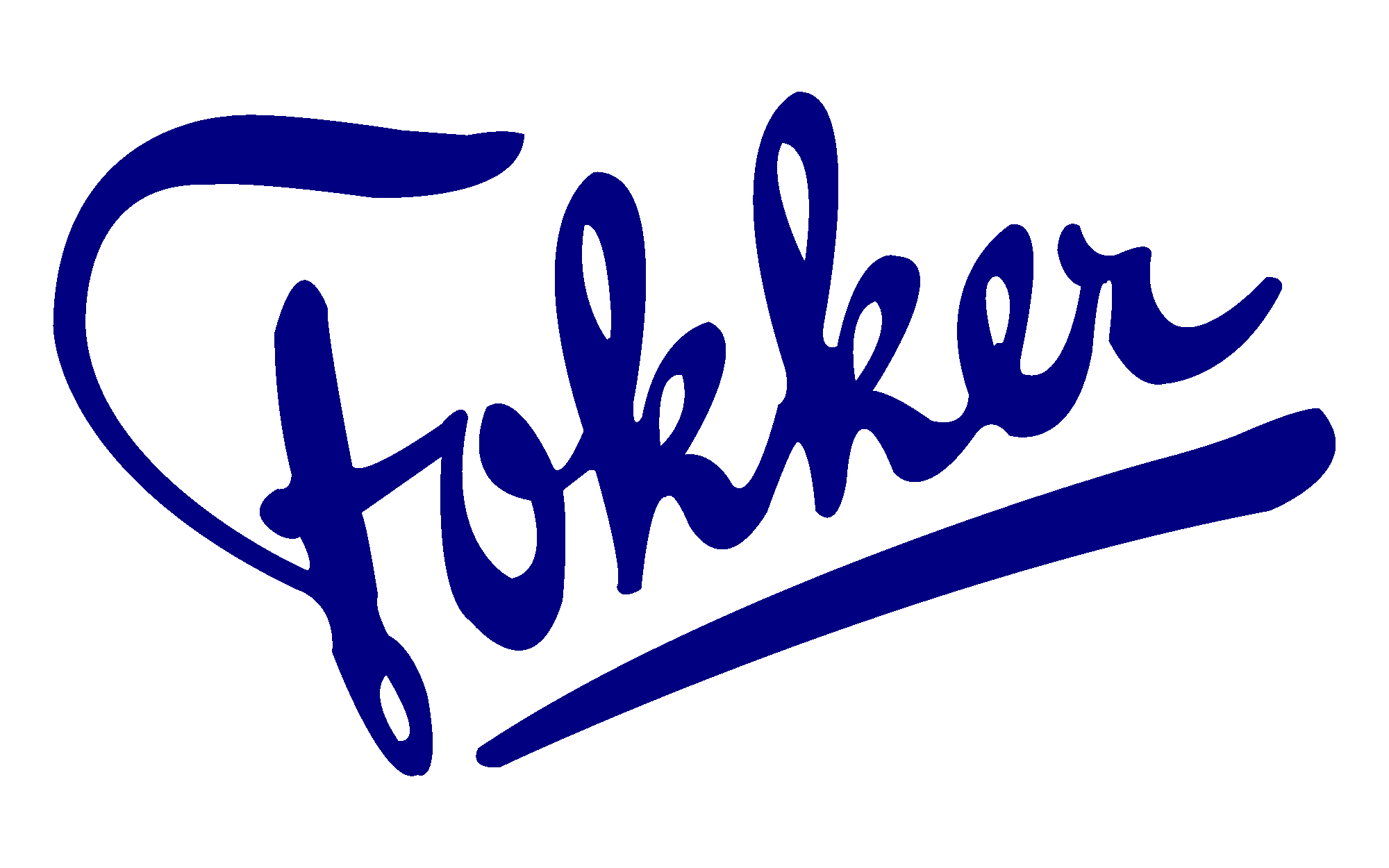
PZL-Mielec Wikipedia link
Amazing Fokker N.V.
Koninklijke Nederlandse Vliegtuigenfabriek
History
Fokker's first airplane, the Spin (Spider) (1910)
Fokker in Germany
At age 20, while studying in Germany, Anthony Fokker built his initial aircraft, the Spin (Spider)—the first Dutch-built plane to fly in his home country. Taking advantage of better opportunities in Germany, he moved to Berlin, where in 1912, he founded his first company, Fokker Aeroplanbau, later moving to the Görries suburb just southwest of Schwerin (at WikiMiniAtlas53°36′45.90″N 11°22′31.60″E), where the current company was founded, as Fokker Aviatik GmbH, on 12 February 1912.
Fokker capitalized on having sold several Fokker Spin monoplanes to the German government and set up a factory in Germany to supply the German Army in World War I. His first new design for the Germans to be produced in any numbers was the Fokker M.5, which was little more than a copy of the Morane-Saulnier G, built with steel tube instead of wood for the fuselage, and with minor alterations to the outline of the rudder and undercarriage and a new aerofoil section. When it was realized that arming these scouts with a machine gun firing through the arc of the propeller was desirable, Fokker developed a synchronization gear similar to that patented by Franz Schneider.[3]

Fitted with a developed version of this gear, the M.5 became the Fokker Eindecker, which due to its revolutionary armament, became one of the most feared aircraft over the western front, its introduction leading to a period of German air superiority known as the Fokker Scourge which only ended with the introduction of new aircraft such as the Nieuport 11 and Airco DH.2.
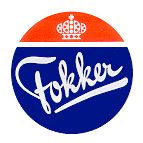
|
|
| Industry | Aerospace |
|---|---|
| Founded | 22 February 1912 |
| Founder | Anthony Fokker |
| Defunct | 1996 |
| Fate | Bankruptcy |
| Headquarters | Berlin, Germany (former) Amsterdam, Netherlands |
| Key people | Anthony Fokker, Reinhold Platz, Walter Rethel |
| Products | Commercial airlinersMilitary aircraft |
Fokker Spin First Aircraft Fokker
Fokker E.1 Eindecker
Fokker Dr.1 Dreidecker
Fokker D.VII Biplane WW1
Fokker C.V
Fokker F.VII
Fokker Universal
Fokker S.11 Instuctor
Fokker S.14 Mach Trainer
Fokker F27 Friendship
Fokker F28 Fellowship
Fokker F50F
Fokker F70
Fokker F100
Fokker D.21
Fokker GR.1
Fokker T.VIII Torpedo Bomber
Koolhoven FK 51
BAT Bantam
Anton Herman Gerard "Anthony"Fokker
Anton Herman Gerard "Anthony" Fokker (6 April 1890 – 23 December 1939) was a Dutch aviation pioneer and aircraft manufacturer. He is most famous for the fighter aircraft he produced in Germany during the First World War such as the Eindecker monoplanes, the Dr.1 triplane and the D.VII biplane.
After the treaty of Versailles forbade Germany to produce airplanes, Fokker moved his business to the Netherlands. There his company was responsible for a variety of successful aircraft including the Fokker trimotor, a successful passenger aircraft of the inter-war years. He died in New York in 1939. Later authors suggest he was personally charismatic but unscrupulous in business and a controversial character.
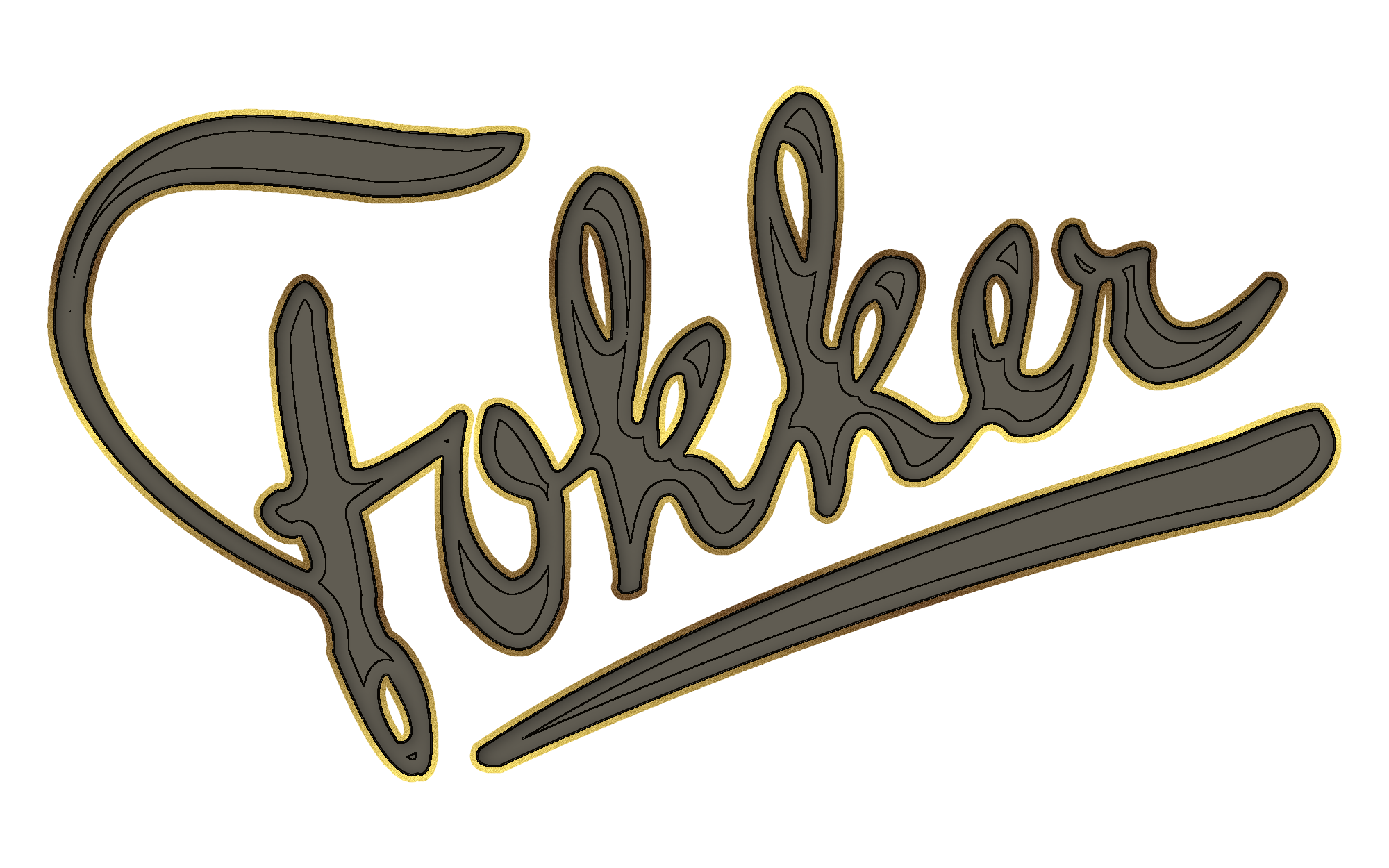
Fokker (N.V. Koninklijke Nederlandse Vliegtuigenfabriek Fokker; lit. 'Royal Dutch Aircraft Fokker'), from 1912 to 1996.
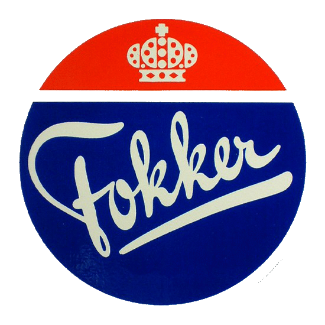
PZL.37 Łoś (moose) was a Polish twin-engined medium bomber designed and manufactured PZL

PZL TS-8 Bies (Devil) is a Polish trainer aircraft, used from 1957 to the 1970s by the Polish Air Force.

The PZL TS-11 Iskra is an all-metal jet-propelled trainer aircraft. conventional in layout.

PZL 130 Orlik (English: Eaglet) is a Polish turboprop, single engine, two seat trainer aircraft.

PZL-Mielec M-20 Mewa (Polish: Gull) is a licence-built version of the Piper PA-34 Seneca II.

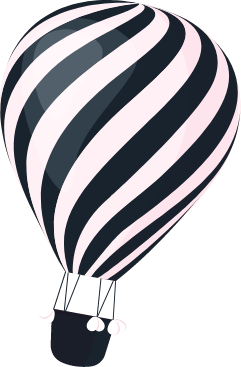
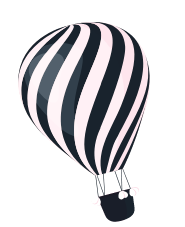
 |
|
| Fokker D.VII reproduction at the NMUSAF. The aircraft is painted in the colors of Leutnant Rudolf Stark of Jasta 35b | |
| Role | Fighter |
|---|---|
| Manufacturer | Fokker-Flugzeugwerke |
| Designer | Reinhold Platz |
| First flight | January 1918 |
| Primary user | Luftstreitkräfte |
| Number built | approximately 3,300 |
|
|
|---|